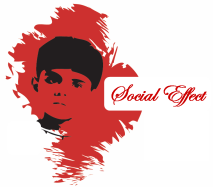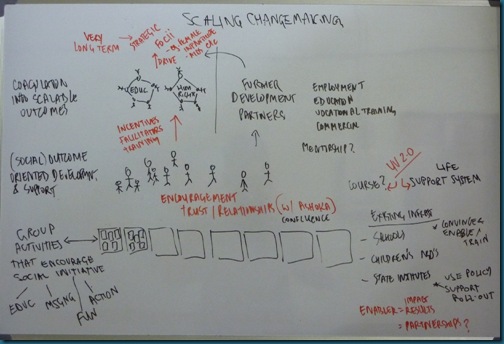Apparently there are over a million NGOs working in India. You’d think that everything could be solved by a million organisations with a million different ideas. There’s definitely not a million different issues. If even half a billion people here need support, that would be one organisation for every 500 people. Should be enough right?
But no. For every issue I’ve seen it seems there’s not enough support or services. Most funders are busy encouraging more start-ups and newer ideas on their own self-absorbed mission to build recognition by ‘finding’ the next big thing. They remain oblivious to the obvious fact that more organisations and more solutions have clearly proven themselves not to be the answer.
If you ask me, I’d say that the real issue is that the sector is massively fragmented. Organisations and solutions isolated by the need to compete with each other for funding, and by a funding culture that is more interested in organisational success than the eradication of human vulnerabilities.
Instead of pumping money into existing infrastructures and supporting to them to innovate using experience, and instead of financing and supporting the coagulation and creation of meta networks of organisations locking together different aspects of solutions to the same few problems, we’re continuing to get excited about one-dimensional product and service innovations that improve quality of life rather than enable long term transformative development and change.
Of course it’s easy to be critical, but the real question is, is there a solution? The answer is an easy yes. All it requires is a recognition of realistic timeframes and an agile development approach that can adapt to emergent behaviour. Here’s a concept example that we’re designing for developing the ‘people’ infrastructure needed for scaling social outcomes in India, using Ashoka’s Youth Venture programme that works with young adults as a key building block.
The concept starts with
- Shifting down and engaging school-age children in the need for and possibilities of making a difference,
- Then encouraging and developing in young adults the core skills needed to take initiative and turn ideas into action,
- Then incentivising (financially), training, and facilitating the coalescing of these people and ideas into issue focused meta networks and consortia,
- And finally driving these networks towards the strategic solving of large scale regional problems.
The aim here is not about pushing millions more people into addressing social problems, but to ensure that those who do choose this path do so together and more effectively, and within a regional culture that is more supportive and understanding of social development.





